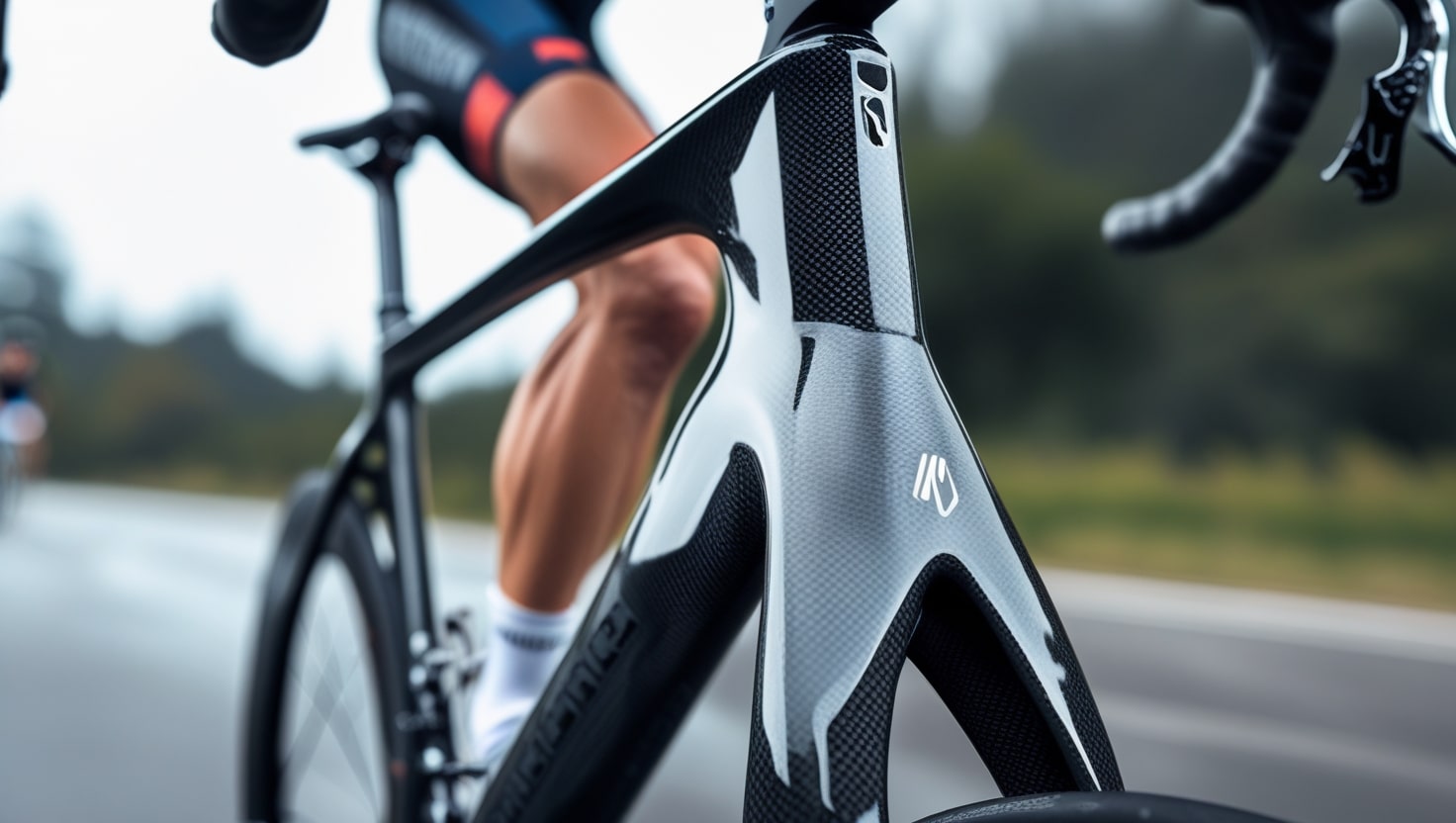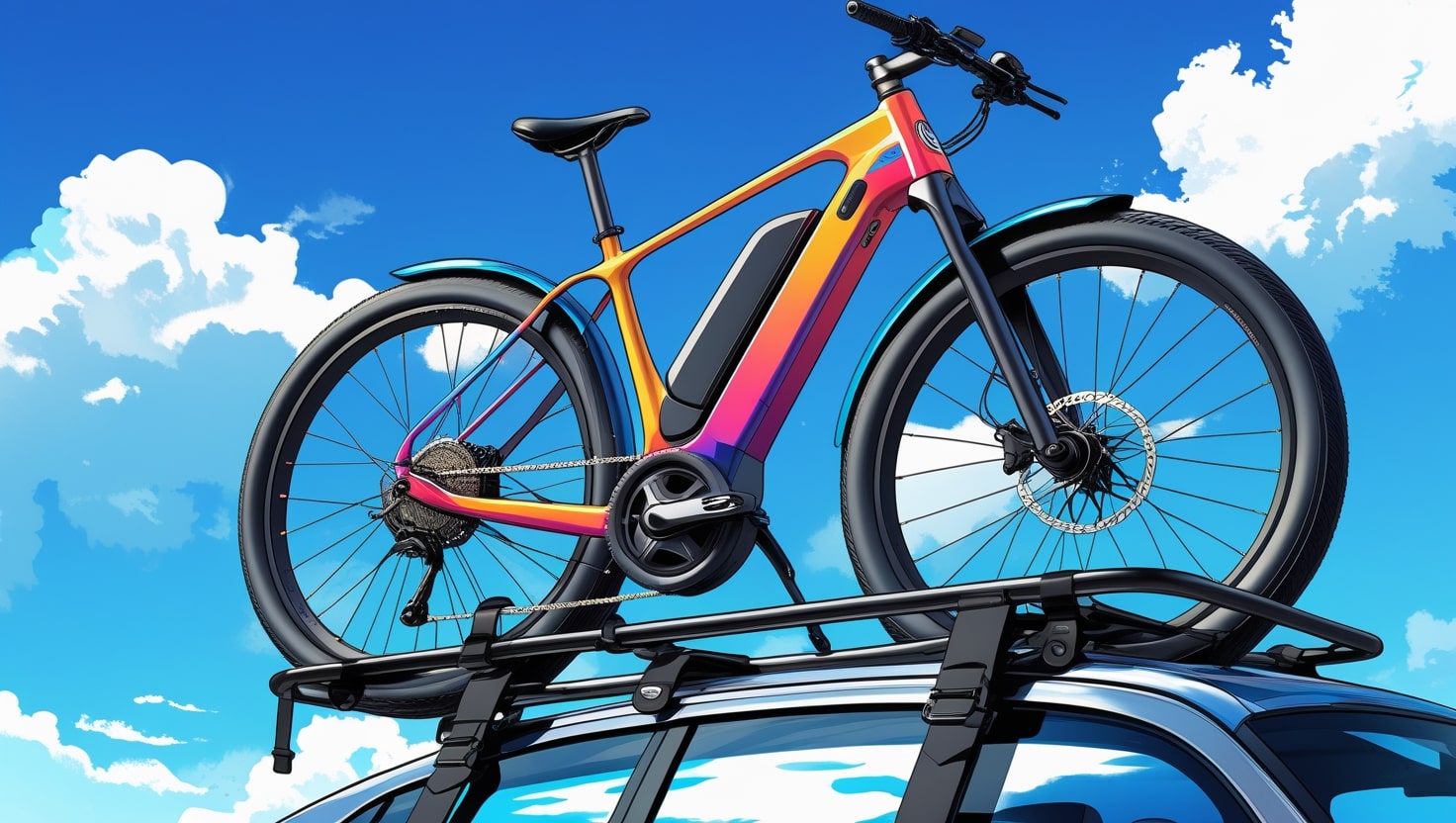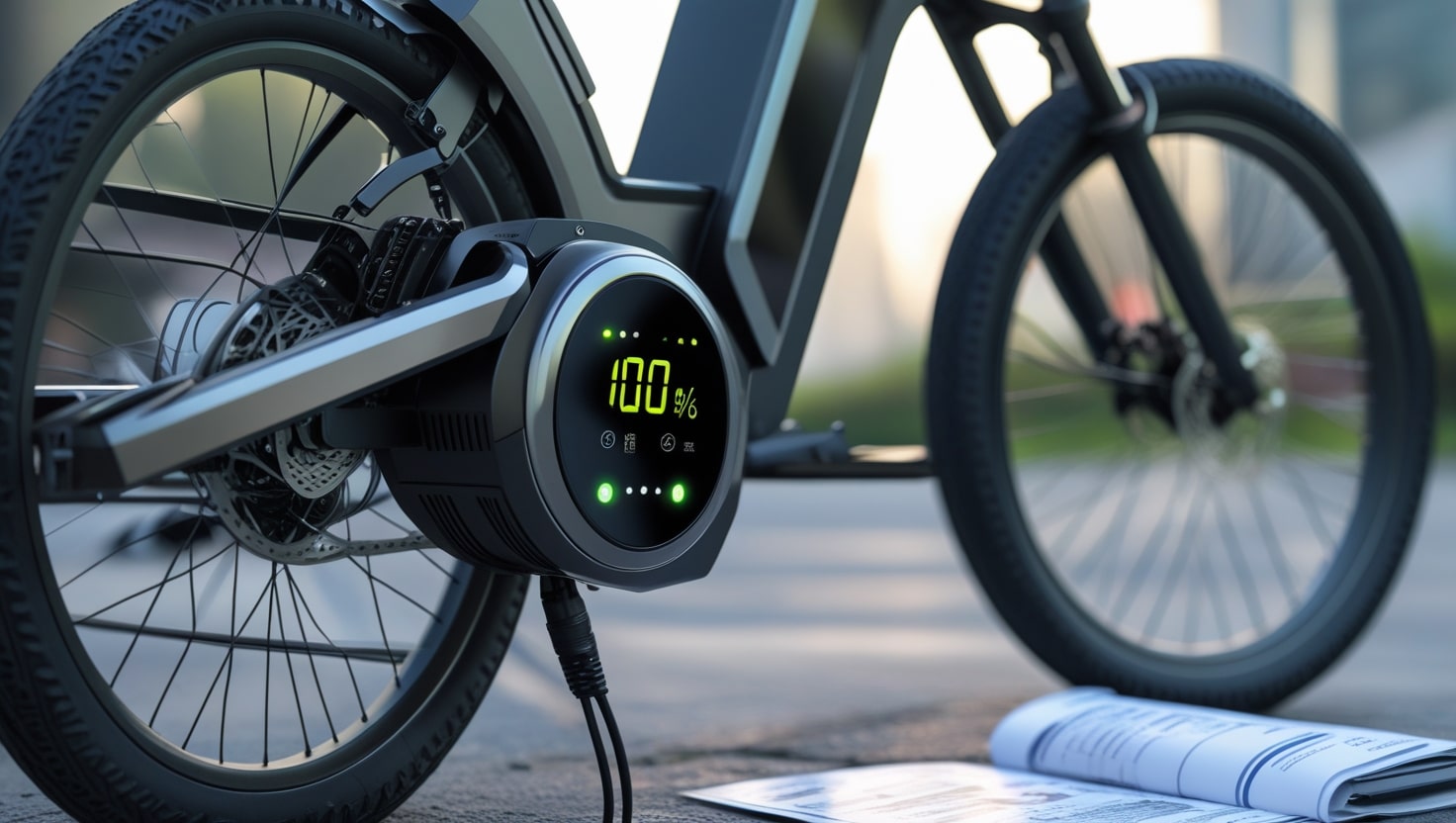If you’re interested in motorcycles, you’ve probably wondered, how much does motorcycle weigh? Whether you’re planning to load your bike onto a trailer for a trip or just curious about average motorcycle weights, it’s a good idea to know. There are plenty of reasons to understand the weight of motorcycles, especially if you want to make sure you’re well-prepared for different situations. In this post, we’ll take a look at how the weight of a motorcycle can vary depending on the type of motorcycle you’re dealing with.
Not All Bikes Are the Same
Not all motorcycles are the same, and their weight can vary based on several factors. On average, most bikes weigh between 300 and 500 pounds, but that’s just a rough estimate. The engine size, exhaust, and frame play a huge role in determining a motorcycle’s overall weight. Some components, like large batteries, heavier brakes, and steel rims instead of aluminum, can add significant weight to the bike. As a result, two bikes that seem similar may differ greatly in weight due to these specifics.
The engine is the primary factor when it comes to a bike’s weight. If you visit a dealership and look at a cruiser in the 600 to 700cc range, you’ll find that it’s a medium-sized motorcycle but still large overall. For example, a 650cc cruiser will never weigh just 300 pounds. This fact has both positive and negative aspects. A heavier bike might be harder to get onto a trailer or to load with a winch, but on the upside, it offers better stability and handling, especially for a bottom-heavy cruiser.
In general, bikes with smaller engines and less power tend to weigh less, while high-performance bikes with more power tend to be heavier. This difference comes down mainly to the engine’s weight. So, while lighter bikes may offer ease of use, heavier engines provide benefits like more speed, power, and improved balance on the road.
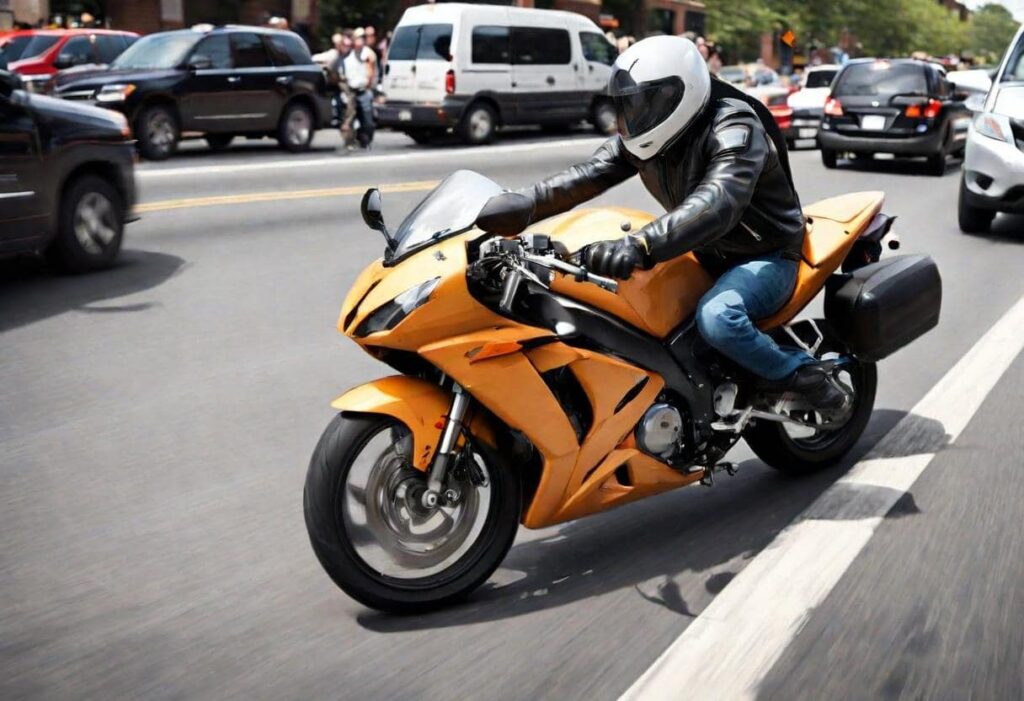
Different Motorcycle Classes
To determine whether a bike is light or heavy, it is important to first identify its type. You wouldn’t think that a dirt bike weighs the same as a sturdy touring bike. With that said, here is a brief overview of weight expectations for various motorcycle categories.
Related: What Does the Exercise Bike Workout?
How Much Does a Moped Weigh?
A moped is a unique kind of motorcycle that’s both motorized and pedal-powered, making it perfect for urban environments where acceleration and a minimal footprint are essential. Due to its small size and the fact that it isn’t meant for highway speeds, a moped is exceptionally light. Typically, mopeds weigh around 150 to 200 pounds, which makes them easy to handle and simple to load into a trailer or the back of a truck bed.
How Much Does a Scooter Weigh?
Scooters are often grouped with motorcycles, but they are usually handled in a different way. While larger than a moped, lightweight scooters can still be small, often weighing around 150 pounds. However, the heaviest models can reach up to 300 pounds or even more, depending on the design and purpose.
How Much Does a Dirt Bike Weigh?
Dirt bikes are specifically designed for rough terrain, making them much lighter than other motorcycles or even scooters. Depending on their size and engines, there is a wide variance in how much they weigh. Smaller dirt bikes with 50-100cc engines can weigh between 100-200 pounds, making them easy to handle on rugged paths. These lighter models are perfect for beginners or riders who need agility over speed.
On the other hand, larger dirt bikes with 250-500cc engines tend to weigh closer to 300 pounds. The largest types of dirt bikes, often referred to as adventure bikes, are designed for long-range off-road trips. These bikes are equipped with 750-1200cc engines and are considerably heavier, often reaching up to 500 pounds to handle tougher terrains and extended journeys.
Related: How Much Do Electric Bikes Weigh?
How Much Does a Sport Bike Weigh?
Sportbikes are built for speed and maneuverability, making them different from other motorcycles. Unlike bikes focused on cargo capacity or off-road capability, sportbikes prioritize performance with powerful motors, beefy brakes, and aerodynamic fairings. As a result, they tend to weigh more than other motorcycles in any given cc range. On average, sportbikes fall between 300 and 500 pounds, providing a balance between agility and power on the road.
How Much Does a Cruiser Weigh?
Cruiser bikes are designed for long-distance journeys and are ideal for weekend pleasure rides. Unlike sportbikes, cruisers have fewer fairings and often come with smaller brakes and fewer performance parts. Most cruiser bikes tend to weigh between 300 and 500 pounds, providing a comfortable balance for long, relaxed rides. However, some larger power cruisers, like Harley-Davidsons, can weigh more due to their bigger engines and sturdier construction.
The heaviest of these cruisers are known as touring bikes, built for serious long-distance travel. These bikes often have engines over 1,000cc and are equipped with luxury features like sound systems, large seat backs, and multiple storage containers. As a result, these touring bikes can weigh anywhere from 800 to 1,000 pounds, making them perfect for extended trips where comfort and capacity are key.
Related: What Muscles Does Bike Riding Work
Cafe Racer or Scrambler
A scrambler or cafe racer is often compared to a tiny tank because of its sturdy build and style. The average weight of these bikes typically falls between 400 and 500 pounds, making them manageable for most riders. However, newer Ducati models tend to weigh a bit more than a vintage bike due to modern add-ons and increased power.
How Much Does a Bagger Weigh?
Bagger bikes are known for their size and storage, often falling in the range of 700 to 850 pounds. These are some of the greatest bikes in terms of size, and the extra features, like the back area for storage, add extra pounds to the overall weight.
How Much Does a Touring bike Weigh?
Touring motorbikes are fantastic for taking longer flights and are built to let you drive for days without feeling tired. These bikes usually weigh between 800 and 1,000 pounds on average, making them some of the heaviest motorbikes you can get. When people think about touring motorcycles, they often picture a larger bike packed with all the bells and whistles. These features, like panniers, flexible windscreens, and even a radio, add up to a very hefty machine that can handle long-distance rides with ease.
How Much Does a Chopper Weigh?
The chopper is one of the largest types of motorbikes, often weighing between 650 and 720 pounds. The extra weight comes from the way these bikes are built, especially the classic versions, which can be even heavier. The building approaches and styles of the past tend to make older choppers bulkier over time. People often consider choppers as larger motorbikes for this reason, as they were designed with a focus on strong, heavy materials.
Related: How Much for Dirt Bikes
Motorcycle Wet vs. Dry Weight
When shopping for motorcycles, you’ll often come across the terms dry weight and wet weight. Dry weight refers to the weight of a motorcycle without any fluids, like oil, coolant, final gear oil, brake fluid, or gas. Essentially, it’s the shipping weight of an assembled motorcycle, which is helpful for manufacturers and shipping companies but less useful for everyday consumers.
On the other hand, wet weight includes the weight of the motorcycle with all its fluids. However, manufacturers can differ in how they define it. Some may calculate wet weight with a full tank of gas, while others may use a half tank or even no gas at all. This can make things confusing, as there’s no clear standard. Still, for most people, the wet weight is usually accurate enough for practical use.
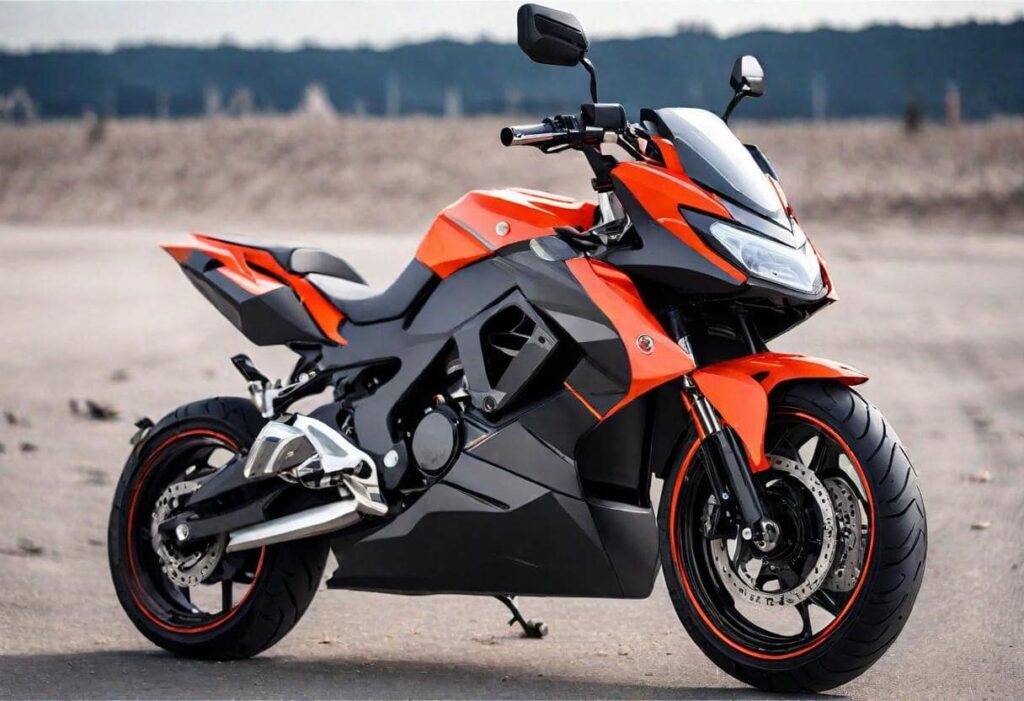
Factors Which Affect Motorcycle Weight
Engine CCs are generally the primary way to estimate a motorcycle’s size, and by extension, its weight. However, several other factors can also play a role in determining how heavy your bike will be. Here are the important aspects to consider when evaluating the total weight of the bike.
Intended Use
The weight of a motorcycle depends heavily on its intended use. For example, an off-road bike is designed to be lighter, usually under 300 pounds, so it can easily tackle terrain and handle rough obstacles without losing important parts or getting stuck in the dirt. On the other hand, street bikes and cruisers are built with more features and a bit of extra heft to provide better balance on the road. These bikes need to stay grounded, which is why they tend to be heavier than their off-road counterparts.
When it comes to sport bikes, they focus on delivering horsepower and speed, making them a bit trimmer than other options. However, touring bikes, such as a Honda Gold Wing, are designed for long-distance treks and often carry a passenger, adding significant bulk. Additionally, a 3-wheel motorcycle is typically much heavier than its two-wheel predecessors, offering more balance but at the cost of increased weight.
Onboard Equipment
When it comes to a bike’s weight, certain onboard equipment can make a noticeable impact. Saddlebags can add some bulk, though not necessarily a lot of actual weight to your ride. A bike with a full fairing and a large windshield is typically heavier compared to one with fewer square inches of glass, fiberglass, or plastic. While the difference in weight may be small, it can still mean a few extra pounds on your bike.
CCs
It’s safe to say that a bike with lower CCs, which refers to its engine capacity, generally has a lower weight. However, there’s a lot of variation across different brands, so it’s not always consistent when you look at CC ratings and overall size. In a general sense, smaller engines mean less bulk, but that’s not always the case for every model.
Many buyers often focus on the CC rating as a sign of power, but it’s not the bottom line when choosing a motorcycle. Other factors, such as mileage, maintenance history, and CC level, also influence the values of the bike. So, when you’re looking at motorcycles, it’s essential to consider the bigger picture beyond just engine size.
Helpful Tweaks for Cutting Your Bike’s Weight
If you have a heavy bike or want to buy a specific model but want to make it lighter, there are several ways to reduce its overall weight. Doing so can lead to a smoother ride, better fuel efficiency, and added benefits like better braking performance, sharper steering response, and better acceleration—all without the need to buy a new bike.
Remove Onboard “Comforts”
If you’re looking to reduce the weight of your bike and make your ride smoother, one easy way is to remove certain comfort features. Items like saddlebags, backrests, and large windscreens may seem helpful but can add unnecessary weight. If you’re aiming to enhance gas mileage for daily commuting, it makes sense to strip your bike down to the basics, allowing for a more efficient and lighter ride.
Upgrade the Battery
One of the easiest ways to cut weight from your motorcycle is to upgrade the battery. Many bikes still use lead-acid batteries, but switching to a lithium-ion battery can be a great option. These batteries are as little as one-third the weight of standard ones, helping to remove bulk from your bike. While it may not always be the most cost-effective solution, it’s an efficient way to reduce the overall weight and improve your bike’s performance.
Swap Out Other Performance Parts
Swapping out stock exhaust and sprockets for lighter aftermarket options can significantly help in reducing weight on your motorcycle. Stock parts are often heavier, especially the steel sprocket and exhaust system. By removing these and choosing performance upgrades, you’ll not only improve your bike’s look but also reduce its overall heft. If you’ve been thinking about an upgrade, now might be the perfect time to start the project for better performance and a lighter ride.
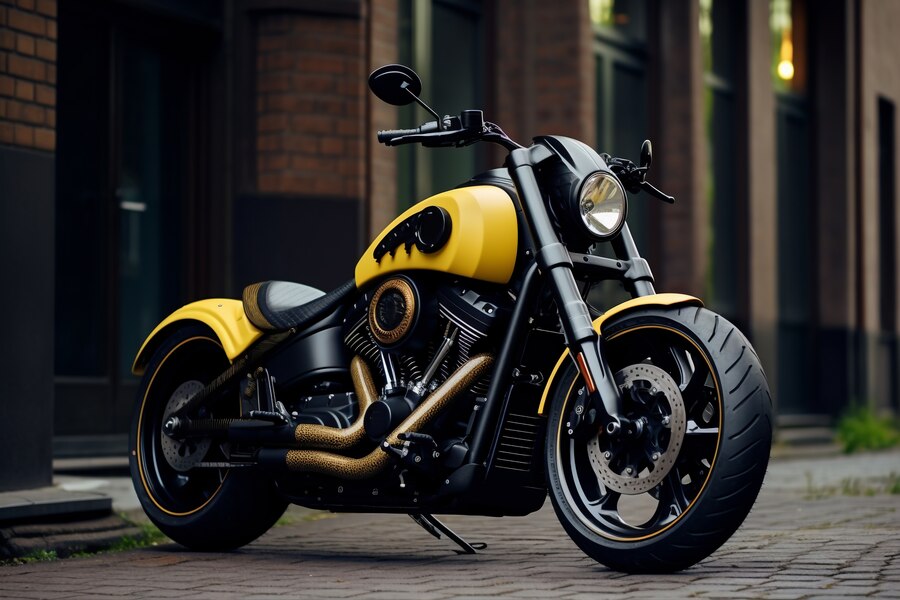
Average Motorcycle Weights
The weights of motorcycles can vary widely depending on several factors. The average motorcycle typically weighs around 700 pounds, but this can change based on the brand, engine size, and the type of bike. Whether it’s a street, off-road, touring, cruiser, or sport bike, each style comes with its own weight range. For instance, a standard street bike like the Honda CB300F, with its 286cc engine, can weigh as little as 348 pounds, while a larger model such as the Honda CB1100 with a 1140cc engine weighs about 540 pounds.
Heavier touring bikes, like the 2019 Honda Gold Wing with its 1833cc engine, can tip the scales at around 787 pounds. On the other hand, Harley-Davidson produces some of the heaviest bikes, ranging between 540 and 905 pounds, with certain models even approaching 1,000 pounds. This kind of variation in weights offers plenty of choices for different kinds of riders. For smaller riders or beginners, bikes between 300 and 400 pounds are a great option due to their low seat height and easy handling.
For those looking for a bigger ride, especially if you’re into touring or need space for a passenger on long trips, bikes weighing up to 1,000 pounds can offer a comfortable experience. However, keep in mind that manufacturers usually specify dry weights, meaning the bike’s weight without gas or any additional equipment. So, when you’re shopping for a bike, make sure to factor in the extra bulk from a full tank of gas and other gear.
Motorcycle Weight by Bike Size
Motorcycles for adults range in size from around 250cc to 1,200cc, with smaller options like 50cc available for a child learning to ride. The weight of a bike depends on the CC level, which stands for cubic centimeters, referring to the volume of the cylinders in the engine. While larger CC bikes tend to be bigger and bulkier, this is not a strict rule, as there are both heavy and lightweight bikes at all levels. Below are some common measurements to give you an idea of what kind of heft you can expect based on the size of the motorcycle.
- 250cc: Average weight of 350 pounds
- 300cc: Average weight of 350 pounds
- 500cc: Average weight of 410 pounds
- 600cc: Weight range between 400-450 pounds
- 800cc/900cc: Average weight of 430 pounds
- 1000cc/1100cc: Weight range between 400-500 pounds
- 1200cc: Weight range between 500-600 pounds
- 1300cc: Weight range between 500-650 pounds
These estimates are based on a collection of sport bike test data from various brands and models, which measured the dry weight of each motorcycle.
How To Lighten The Load
Making your bike lighter not only makes it easier to handle but also improves fuel efficiency and makes it simpler to transport. One of the easiest ways to reduce weight is to swap your motorcycle’s lead-acid battery for an aftermarket lithium-ion battery. These are much lighter, offering the same power at only ⅓ of the weight. This simple change can help significantly reduce the total weight of your motorcycle.
You can also upgrade other parts to make the bike lighter. For example, you can replace steel rear sprockets with titanium replacements, which are not only lighter but also stronger. While they can be expensive, these upgrades will shave a few pounds off your bike’s weight.
Finally, you might consider removing any unnecessary parts like windscreens, saddlebags, or sissy bars. These optional attachments can add extra weight, and while they are convenient, taking them off can help you achieve the lightest ride possible. Of course, you’ll have to decide what you’re willing to sacrifice for a more streamlined bike.
Summary
For most riders, it’s important to understand the weight of a motorcycle before deciding which one to purchase. The weight of a bike can vary greatly, but knowing the general range can help as a useful guide during the decision-making process. Whether you’re buying a new bike or modifying an existing one, being informed about its weight is crucial for making the best choice.




